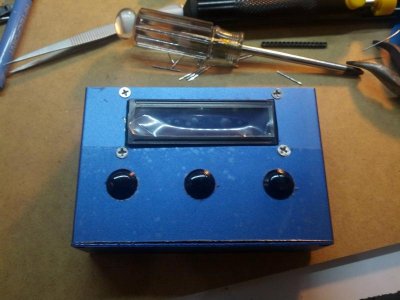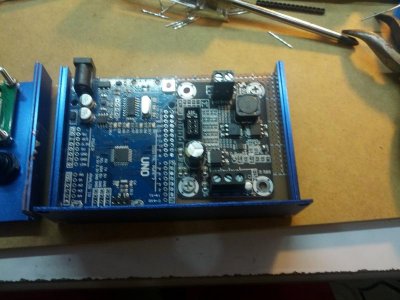theatrus
100-mile-commuter
where should i physically mount everything?
I've been a fan of off the shelf boxes from Polycase.com and others. (Budd Ind, etc).
However, to fit optimally in those boxes requires designing PCBs that fit them perfectly
Got any pictures? Everyone I'm sure would love to see what you've built, the more info the merrier.
My current light project is a pendant-style, which includes custom MPCB on a heatsink, with the whole stack (lighting, heatsink, fan, driver, controller) stacked on top of each other in the footprint of an 80mm fan. I'm using M4 threaded rods to hold the whole deal together.








